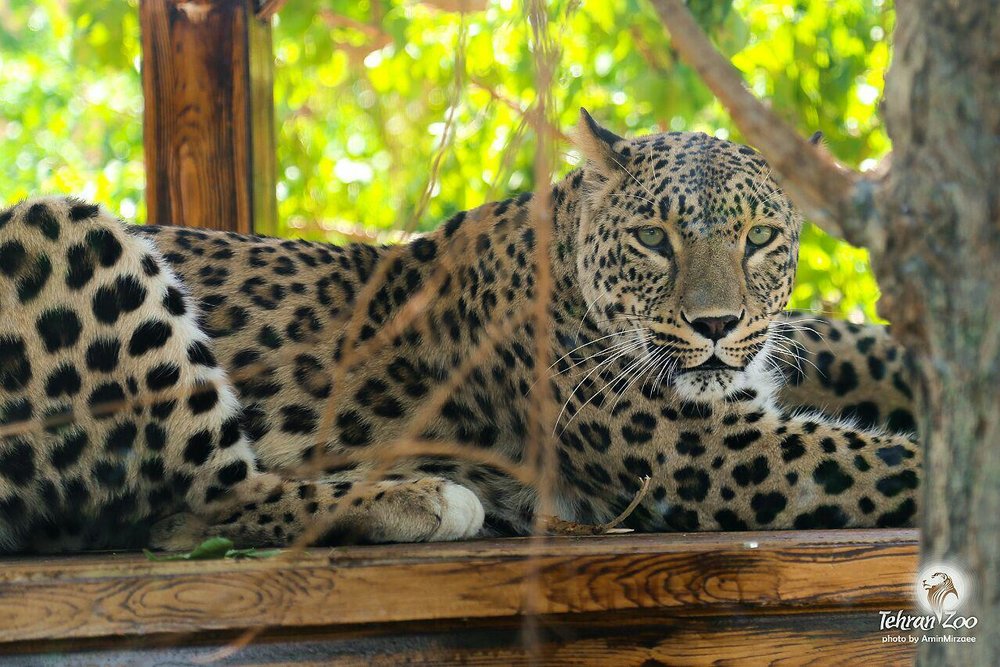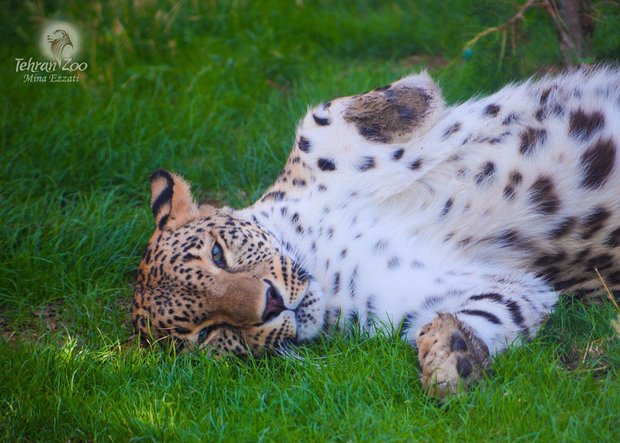Felids under threat

Habitat fragmentation caused by agriculture and in general human interference results in the division of large, continuous habitats into smaller, more isolated remnants.
Species vary dramatically in their sensitivity to this fragmentation as some species can be classified as area-sensitive species. The key question for each species of concern is "how small a fragment will it occupy successfully?"
The best data available on area-sensitive species are Felidae. The biological family Felidae is a lineage of carnivorans that includes the cats and a member of this family is also called a felid. There have been just few field research in Iran and little information on their ecology is published.
The general rule is that the larger the body size of a species, the larger area it requires to survive and breed. Within this general framework it is important in analyzing felid habitats to know how each species responds to the area of the patches available to it.
Fragmentation ends in extinction
Many species of animals live in habitat patches that are broken up among less suitable habitat. The problem is that human activities have intensified native habitats fragmentation, so that agricultural fields, clear felled areas, suburbs and highways have broken up habitats that were once more continuous.
Asiatic lion (Panthera leo persica) could be a good example, once this species was widespread from Mesopotamia through the Iranian province of Khuzestan to Fars. Because of the threat that lions pose to humans and livestock, they have been systematically eradicated from their former range.
Dasht-e Arjan, Fars province, is also the best example of habitat fragmentation which refers to this case too. Fragmentation in Dasht-e Arjan ended habitat loss and a change in the spatial configuration of the remaining patches. Many species of large mammals such as lions cannot maintain viable populations in small habitat patches, then fragmentation can lead to extinction as for Asiatic lions in Dashte Arjan happened.
Cheetahs under threat
Asiatic Cheetah has nomadic behavior, it means as much as protected areas become safer, Asiatic cheetahs go further away! Some hypotheses have been proposed to describe this unusual behavior; one hypothesis is that leopards' presence contributes to Asiatic cheetahs unusual behavior. In fact, as much as habitats become safer, leopards become dominant and cheetahs become more recessive. Here the evil factor of habitat loss increases the chances of extinction. Cases of habitat destruction such as mining, road construction, and so on would appear to provide the simplest examples of the declining population paradigm.
Fragmentation creates patches of habitat that may be suitable for species but are never colonized. Much of the conservation value of unprotected habitats for cheetahs has been lost because patches are too small to support a secure population. Fragmentation in this case may also leads to sub-species loss.
Impacts of introduced species
Introduced animals are responsible for about 40% of historic extinctions. Most of these data come from mammals and birds for which more detailed information is available. Feral dogs are considered as one of those important threats. Tim S. Doherty from Deakin University, School of Life and Environmental Science and his colleagues recently published an important article which refers to the global impacts of domestic dogs on threatened vertebrates.
In this article we read: "All types of domestic dogs can interact with wildlife and have severe negative impacts on biodiversity. Domestic dogs have contributed to 11 vertebrate extinctions and are a known or potential threat to at least 188 threatened species worldwide. A third introduced predator that affects many species- but has received surprisingly less attention- is the domestic dog (Canis familiaris)." Bellard et al. (2016) and Doherty et al. (2016) estimated that more than 100 species are affected by domestic dogs as introduced species. Felids' situation in this case is not so good apparently.

Conclusion
Some animals are naturally rare, but many more are now scarce because of recent changes that have sharply reduced their numbers. Most of felids are likely to continue their rapid decline and will become extinct within a foreseeable future. In Iran more felid species are becoming endangered as we had witnessed the same pattern that have led to some species such as Asiatic lion and Caspian tiger extinction.
Ten species of cat live in Iran: Asiatic Cheetah, Caracal, Jungle Cat, Sand Cat, Wild Cat, Eurasian Lynx, Pallas's Cat, Leopard, Lion (Extinct), and tiger (Extinct). Most of them have small number and are limited to small places or their numbers are in rapid decline so considered as endangered species. They are endangered as a result of rapid loss by hunting, poisoning, natural causes, or simply because they cannot breed fast enough to replace those losses. Nowadays, it is possible to make estimates of the future numbers of a species by feeding information into special computer programs. They can figure out what the population is likely to be in, 10 or 50 years. This technique, population modelling, in Iran needs more basic information. There are many and varied reasons why our felids will extinct, we have to curb certain threats posing felid, because without scientific and rational determination we will lose most of them in near future.
References:
1-The global impacts of domestic dogs on threatened vertebrates, Tim S. Doherty et al. 2017, Biological Conservation, ELSEVIER
2- Essential Environmental Science, Edward Keller, Wiley, 2007
3- The Complete Fauna of Iran, Eskandar Firouz, New York, 2007
Leave a Comment